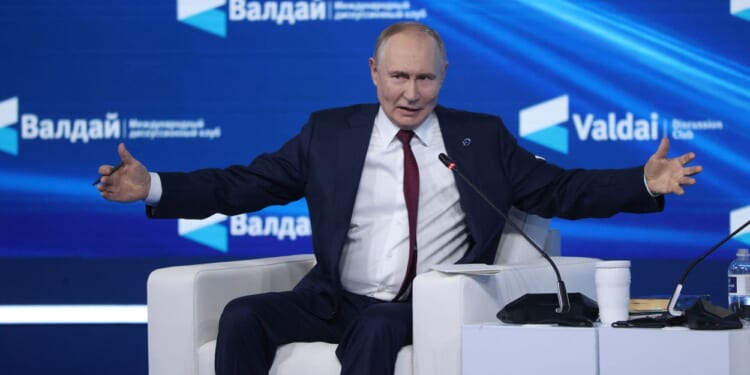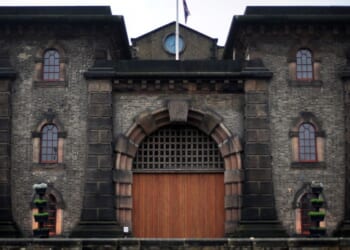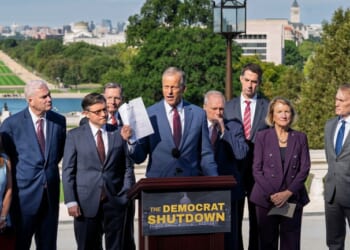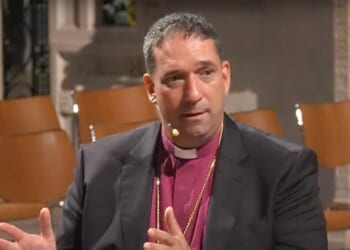STOCKHOLM—NATO countries should anticipate “additional escalation” from Russia, according to national security expert Robert Greenway.
Escalation would likely include “drones … Russian manned aircraft violating airspace, including energy platforms in the Baltic Sea. There could be maritime threats, and we’ve seen undersea cables cut by Chinese vessels and others in the Baltic Sea, cutting critical communication lines. So, I think all of that is likely to be expected,” Greenway, director of The Heritage Foundation’s Allison Center for National Security, told The Daily Signal in an interview outside the Royal Palace in Stockholm.
Historically, Greenway says, Russian aggression outside of Ukraine has been felt most acutely in the Baltic states—Estonia, Latvia, and Lithuania—former Soviet satellite states, all of which are now NATO members. It has now been more than three-and-a-half years since Russia launched its full-scale invasion of Ukraine, which is not a NATO member, and despite expressing a desire to end the war, Russian President Vladimir Putin continues his war against Russia’s neighbor to the west.
Like the Baltic states, a large portion of Europe lies in Russia’s shadow, and without the security NATO provides would face a greater threat of naked Russian aggression. While all NATO nations, including the U.S., are acutely aware of the dangers Moscow poses to the West, “proximity defines the way they look at the threat,” Greenway said.
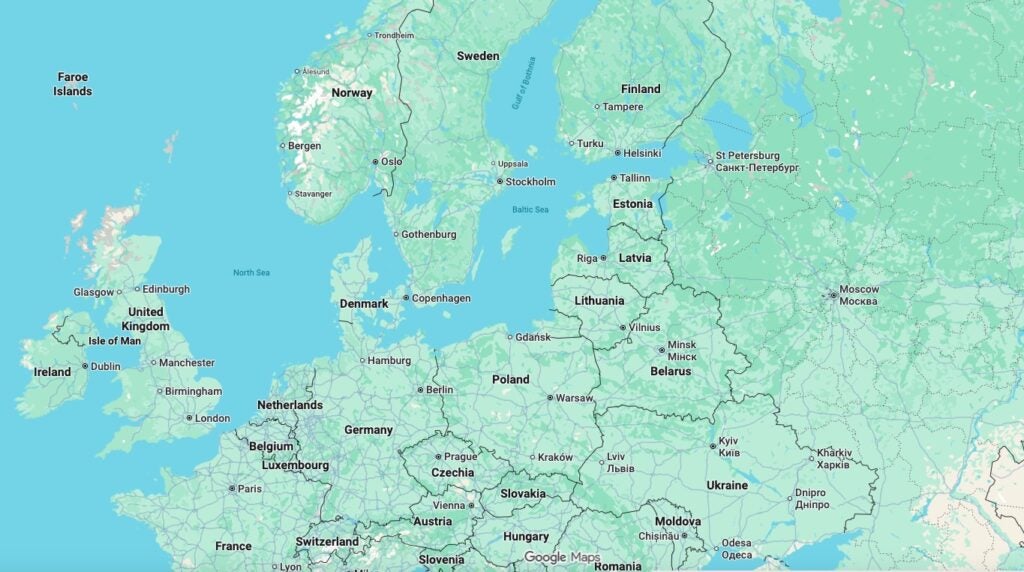
“If you look at defense spending and the measures taken by [NATO] member states, the closer you are to the threat in Moscow, the closer and the more increased steps that you’re taking,” he said.
For decades, Sweden pledged it would not join NATO, but after Russia launched its invasion of Ukraine in late February 2022, Sweden began taking the necessary steps to join the security alliance, officially becoming a member in 2024. Now, Sweden is leading the way as a NATO member on defense initiatives, outspending 21 of its 31 fellow members, including the United Kingdom, Hungary, France, and Canada as a percentage of gross domestic product. Poland spends the most on defense of any NATO country.
NATO members have agreed to spend 3.5% of their GDP on defense and an additional 1.5% on civil preparedness, protection of infrastructure, and the like by 2035. Recent Russian incursions into NATO airspace have again highlighted the need for increased defense spending. In September, Russia violated Polish and Estonian airspace, triggering NATO’s Article 4, which allows a member state to bring a security concern to other members for consideration.
The threat of Russia, particularly for America, does not exist in a silo, but is exacerbated by China, as Greenway explains.
“We’ve seen Chinese support for the Russians, certainly not just the purchase of their oil, but also security cooperation,” he said, adding that a further alliance between Moscow and Beijing “constitutes a much more grave threat to the United States and to our partners and allies.”
“It’s critical to keep those two capitals apart,” Greenway said.

